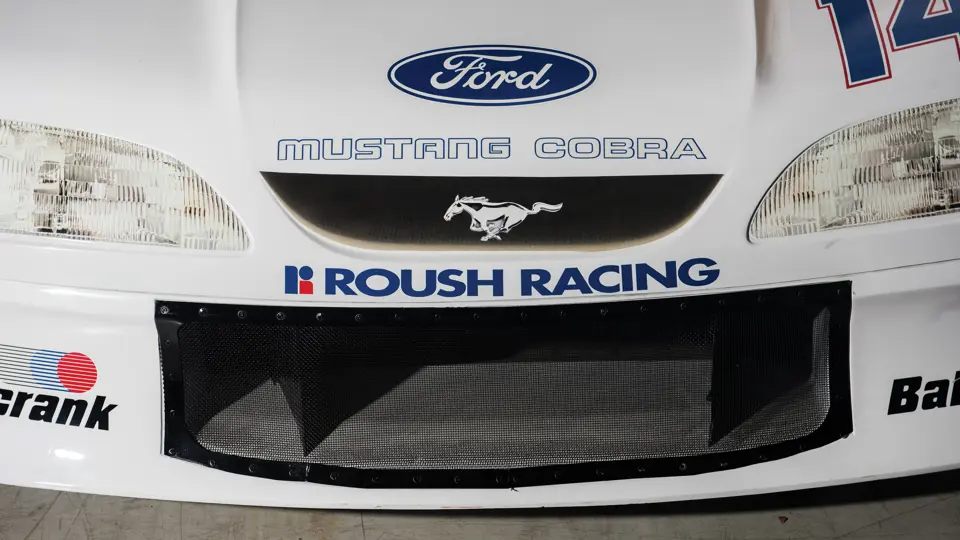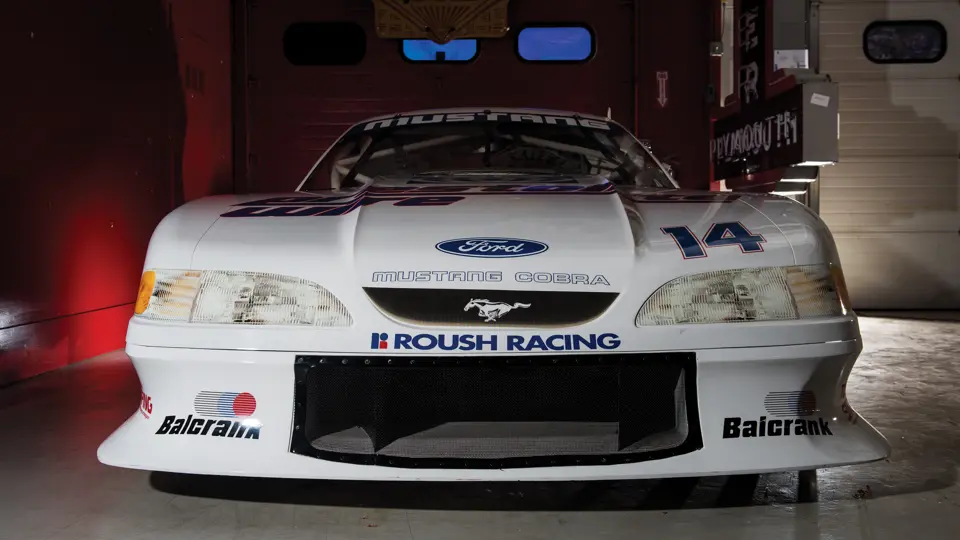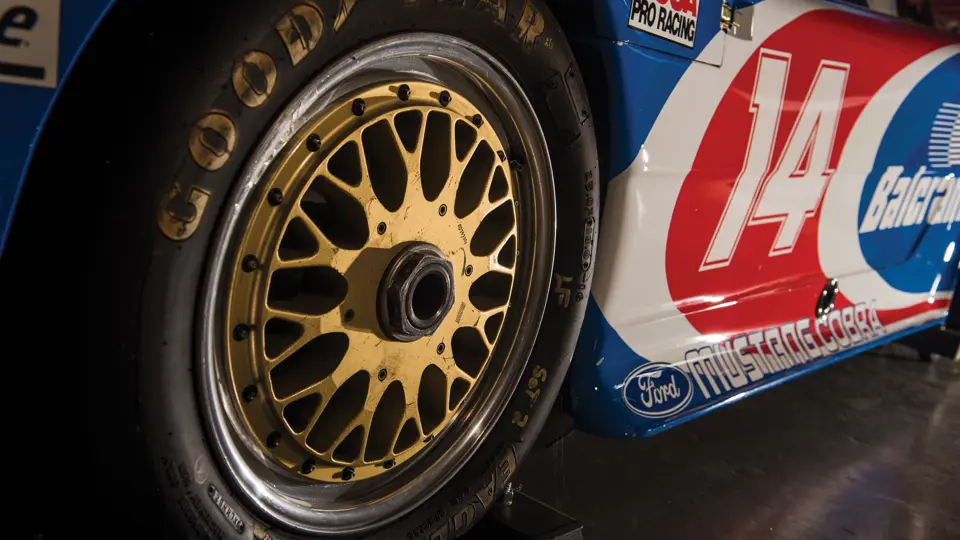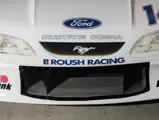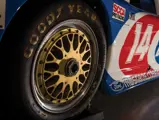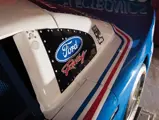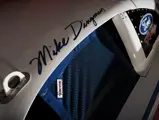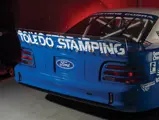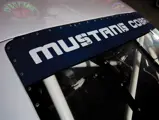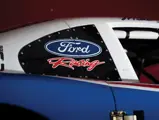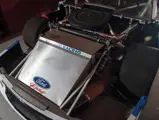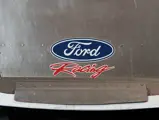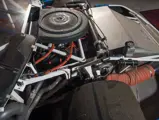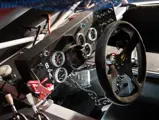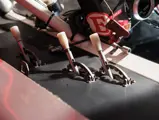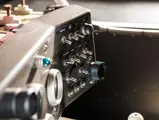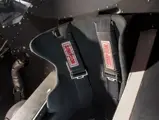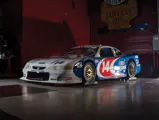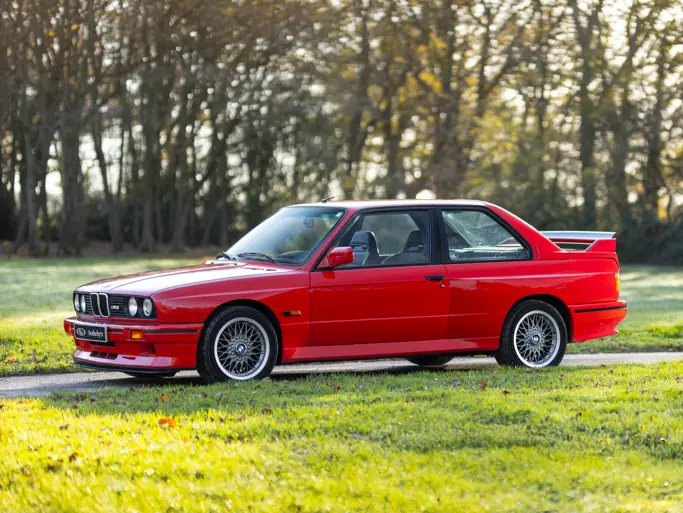
1995 Ford Roush Mustang Cobra SCCA Trans Am
{{lr.item.text}}
$720,000 USD | Sold
Offered from the Dingman Collection
{{bidding.lot.reserveStatusFormatted}}
- Offered from the Dingman Collection
- Acquired directly from Roush Racing in 1999
- The penultimate road racing chassis built by Roush
- Believed to have been used by three-time SCCA Trans Am Champion Tommy Kendall
Launched as the Trans-American Sedan Championship, the racing series was the Sports Car Club of America’s first attempt at a manufacturers’ championship formula for modified sedans and coupes. Over time, it has evolved into a drivers’ and manufacturers’ series for GT-style cars. Commonly known as “Trans Am,” the series has been run on a variety of courses, from street and airport circuits to temporary road courses to permanent race tracks.
The Golden Age of Trans Am is considered 1968 to 1972, when Penske Camaros, Mark Donhue’s AMC Javelin, and Parnelli Jones’ Boss 302 Mustang went wheel-to-wheel in contesting the championship. From 1973 to 1980, the formula evolved into what some have called a “clone of the IMSA GT Championship,” with modified cars, albeit with a conventional focus. By 1980, because of an SCCA handicapping formula, 2,600-lb., 5-liter cars dominated the field. Soon, the stock idiom had blown to the winds, and Trans Am had become a “silhouette series” with tube-frame cars exhibiting only a resemblance to the cars they were emulating.
A period of “American Muscle Revival” began in 1989, with involvement of manufacturers. Ford engaged Roush Racing to build 33 silhouette cars (from 1984 to 1997), with tube frames and fiberglass or carbon fiber bodies. The bodies took the form of many FoMoCo cars: Thunderbird, Cougar, Merkur, and Capri. Most, however, were Mustangs. Some were “factory cars,” sponsored by Ford and advertising Ford products or brands: Ford, Mustang, Motorcraft, and Ford Electronics. Others were raced by notable privateers, such as this example by Michael Dingman.
Although they bore different bodies, under the skin the cars were similar. A Roush-built 310-cu. in. Ford small block engine was mated to a five-speed Weismann or Hewland transmission. A Ford 9-in. rear axle with Detroit Locker differential completed the drivetrain. Front and rear suspension were of Roush design and the brakes were 13-in. discs with Alcon calipers.
Michael Dingman competed in 23 races in 1992 and 1993: 10 IMSA Camel GTO contests, and 13 Trans Am Tours. His best showing was 5th place in the 1992 IMSA Camel GTO series. All races were run in a “Ford Mustang” similar to the example offered here. When Roush was clearing its stock of Trans Am cars in the late ’90s, Mr. Dingman reached out to acquire one of his old race cars. Though his former rides were no longer available, he purchased this car, chassis no. 32, the penultimate road racing chassis built by Roush Racing in 1995. This car is believed to have been used by three-time SCCA Trans Am Champion Tommy Kendall during his historic back-to-back-to-back championship runs from 1995 to 1997. The Roush Mustang was possibly driven by Tommy Kendall for the 1995 championship season and is believed to have been used as a back-up car in 1996 and 1997. Please refer to an RM Sotheby’s representative for additional information and further clarification.
Acquired by Michael Dingman’s esteemed collection in 1999, this Roush-built Trans Am Mustang has since been maintained, though never since raced or driven, amongst other memorabilia from Mr. Dingman’s competition career.
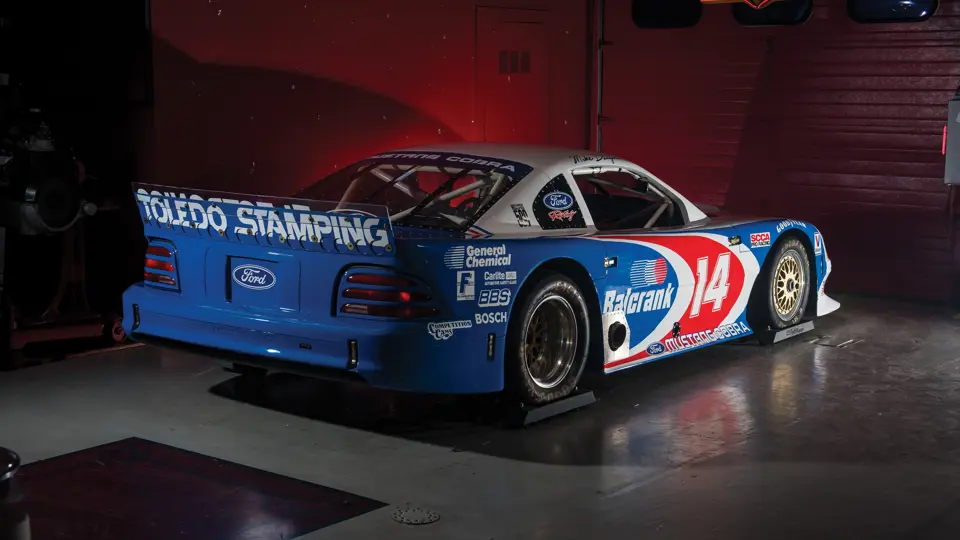
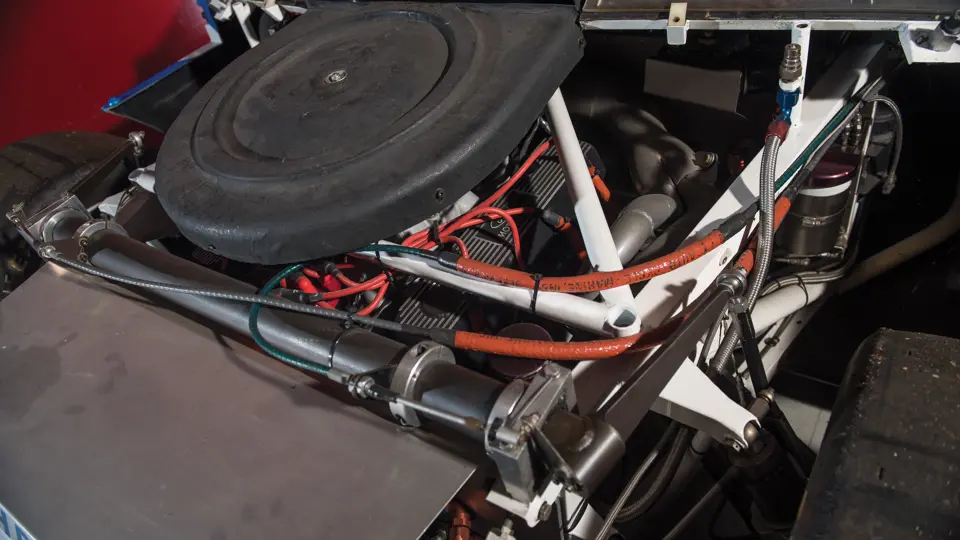
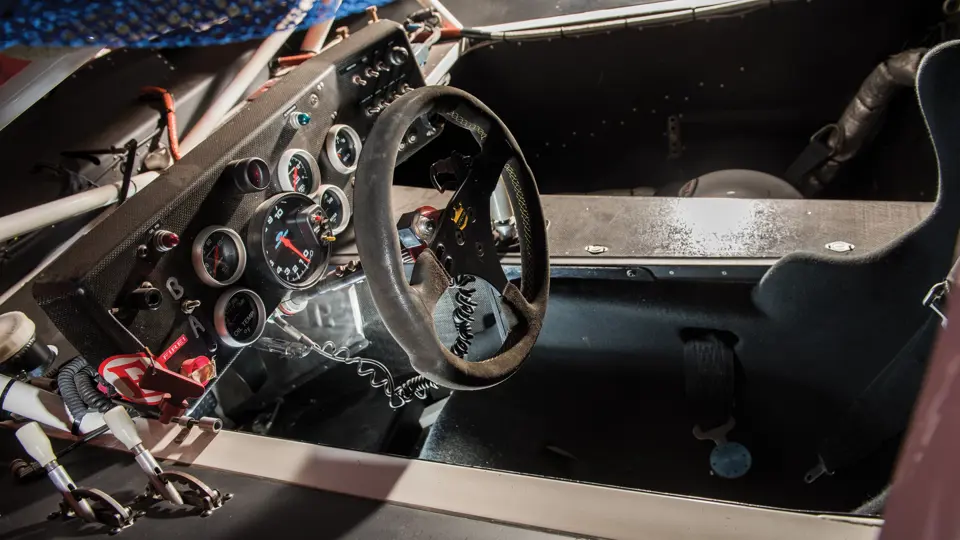

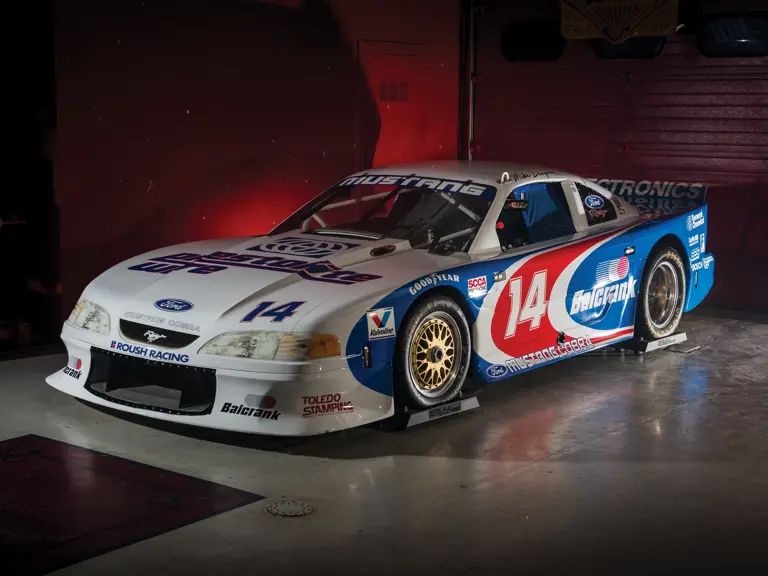
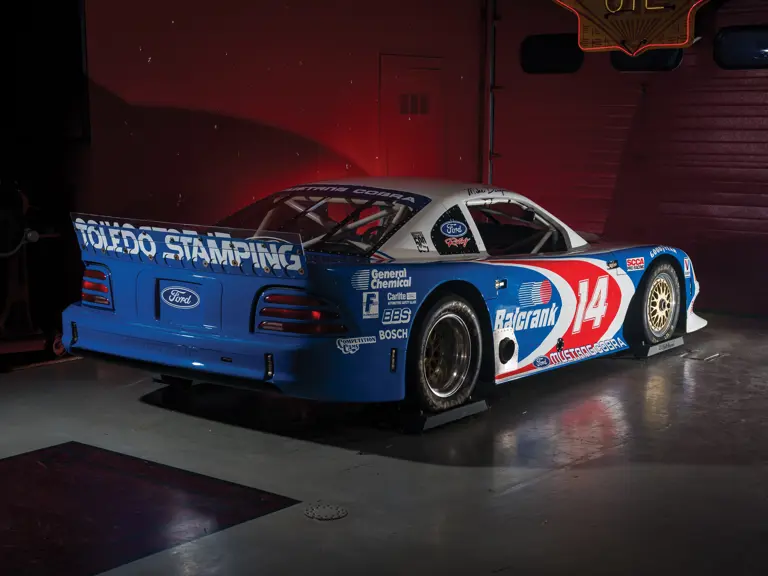
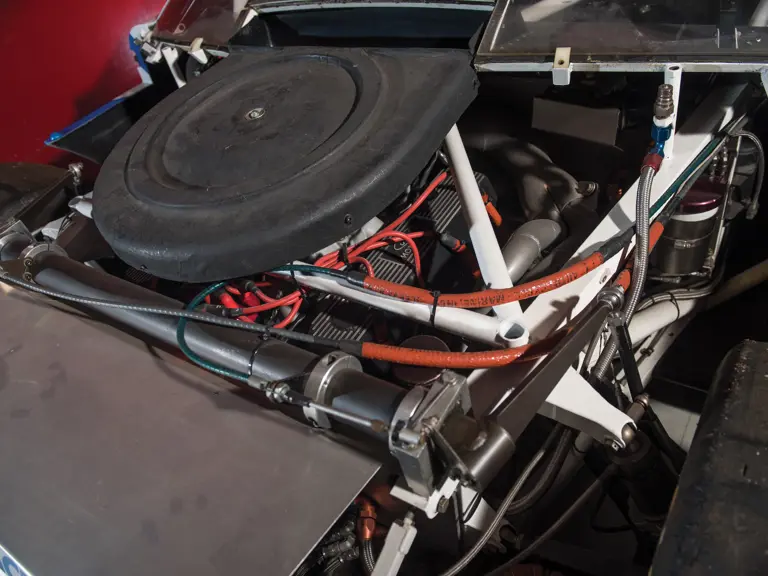
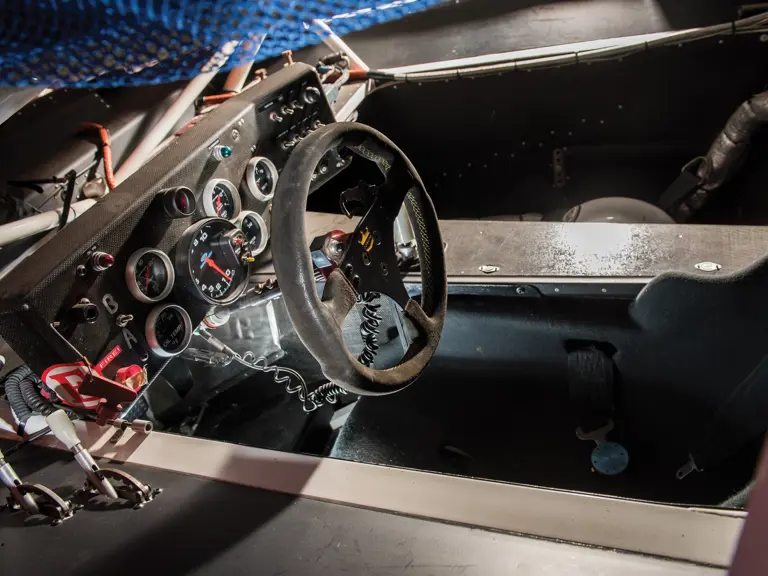
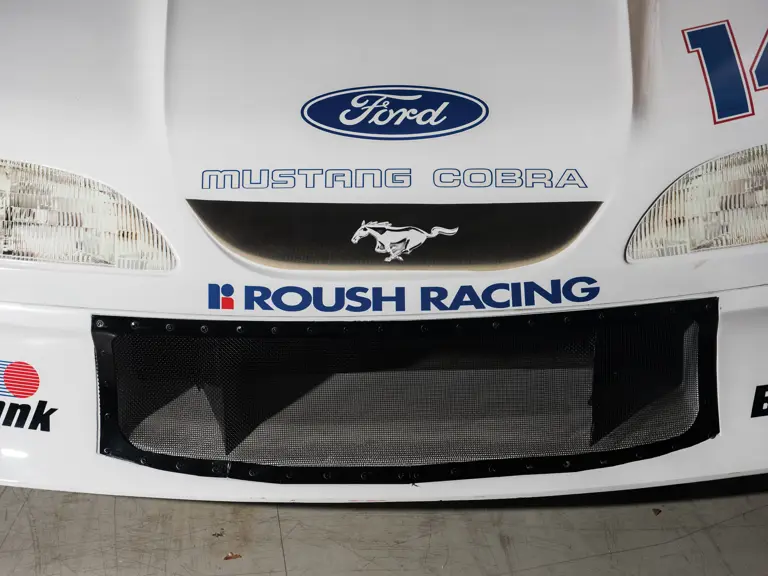
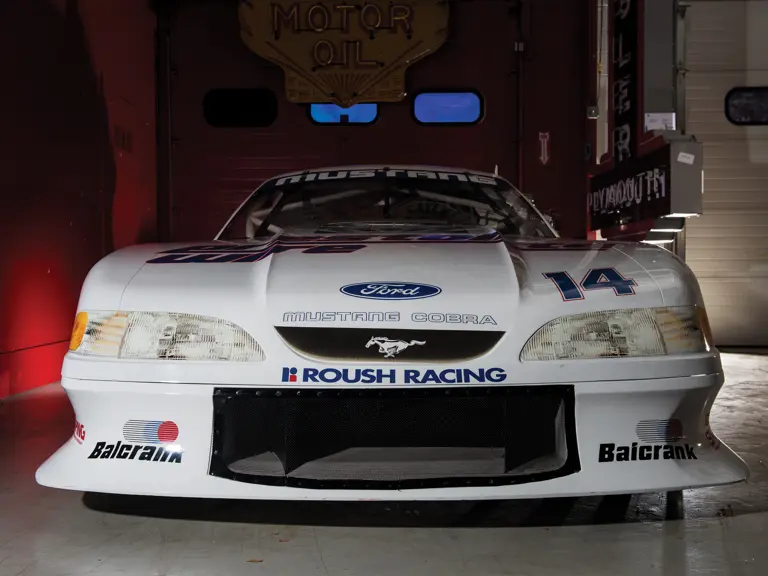
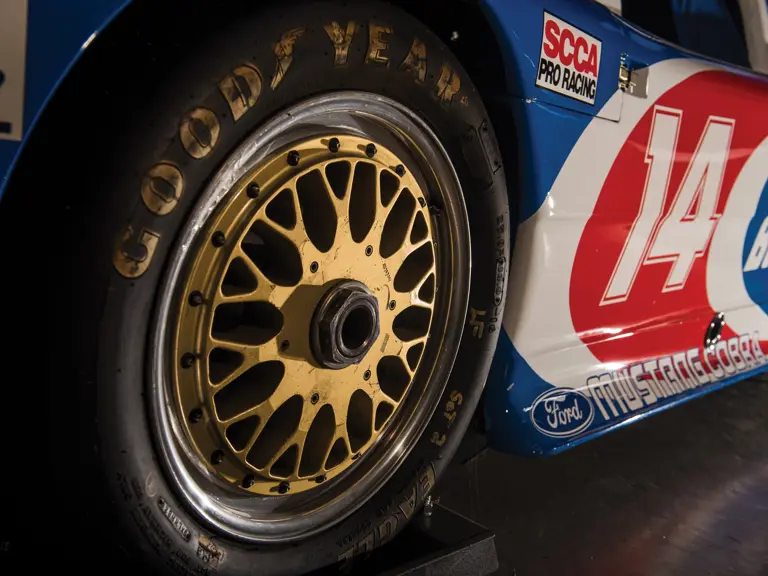

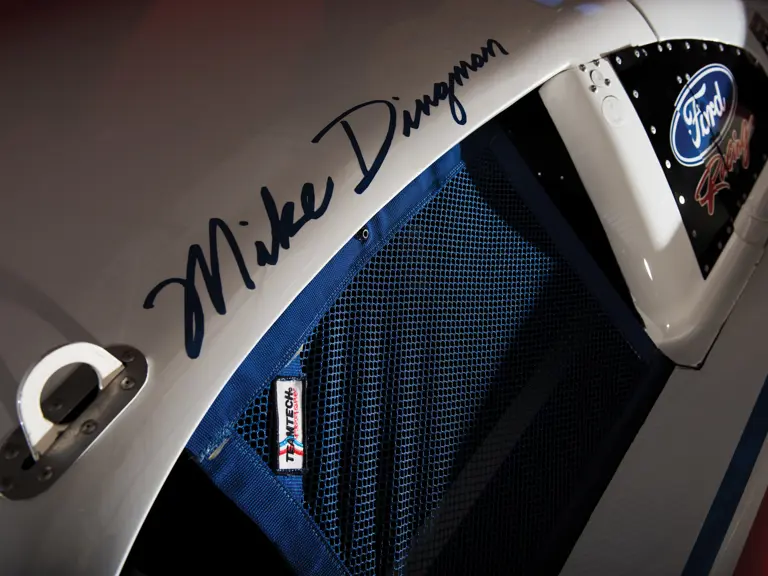


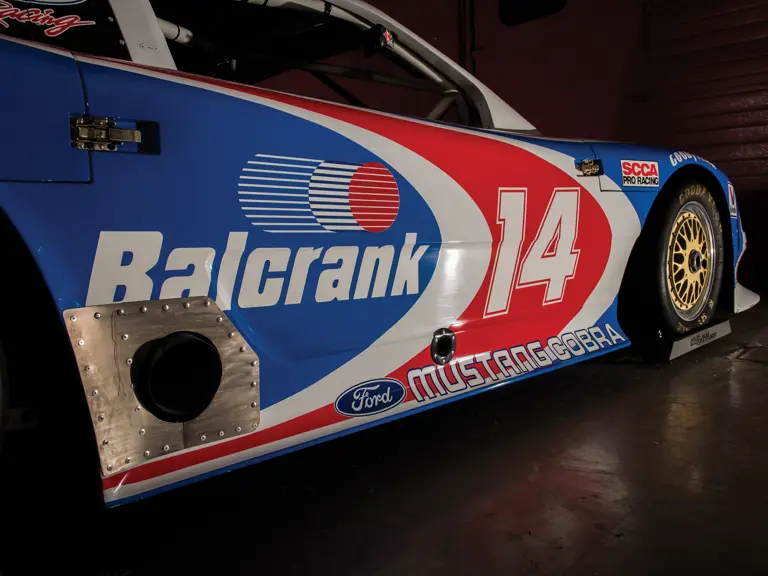
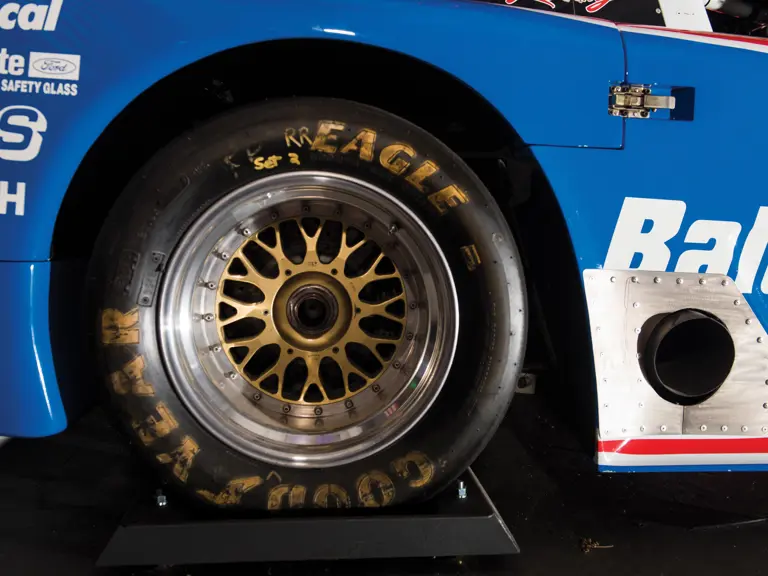
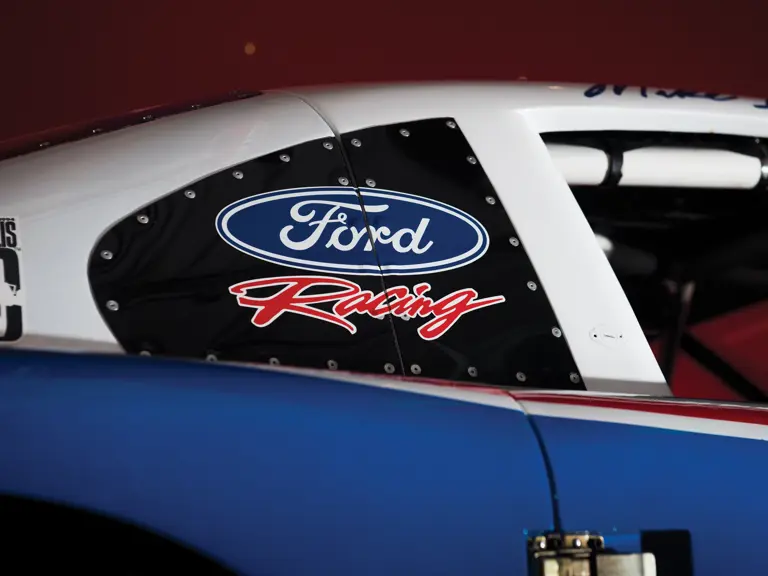
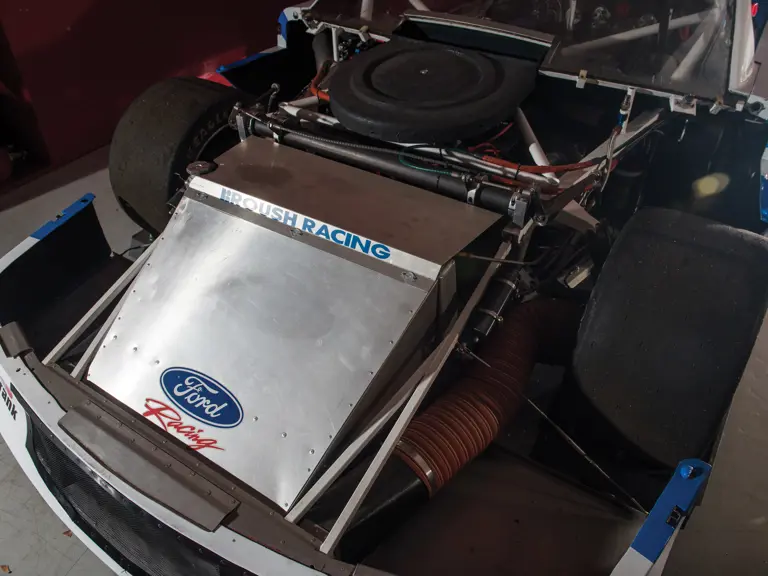
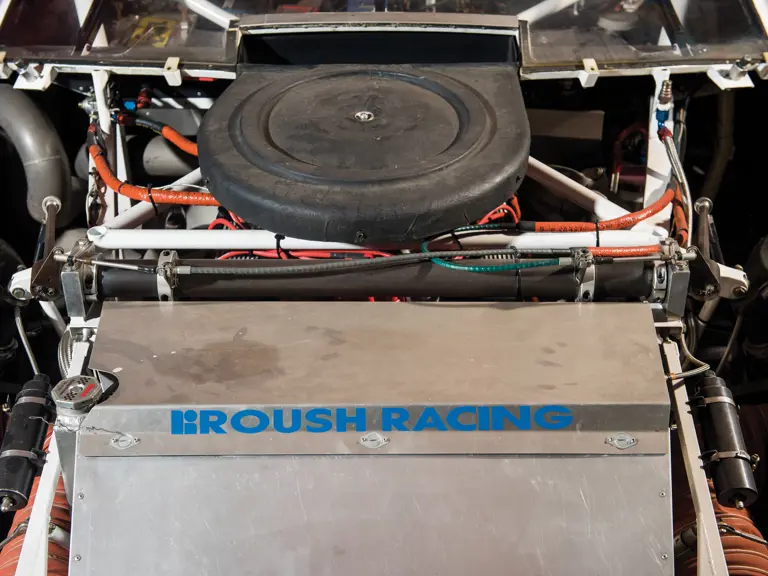



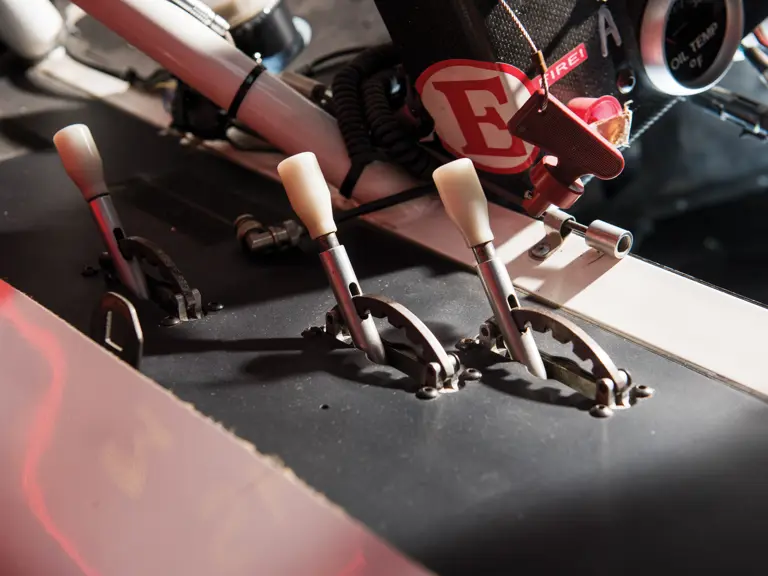
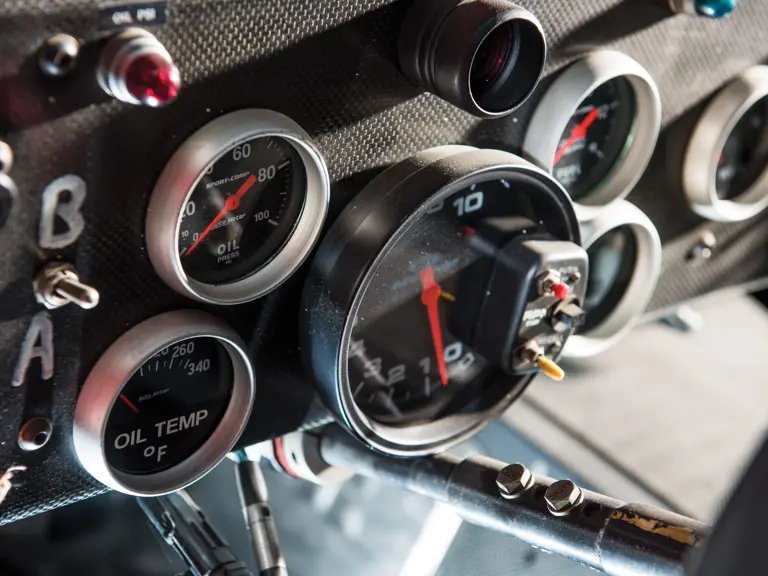
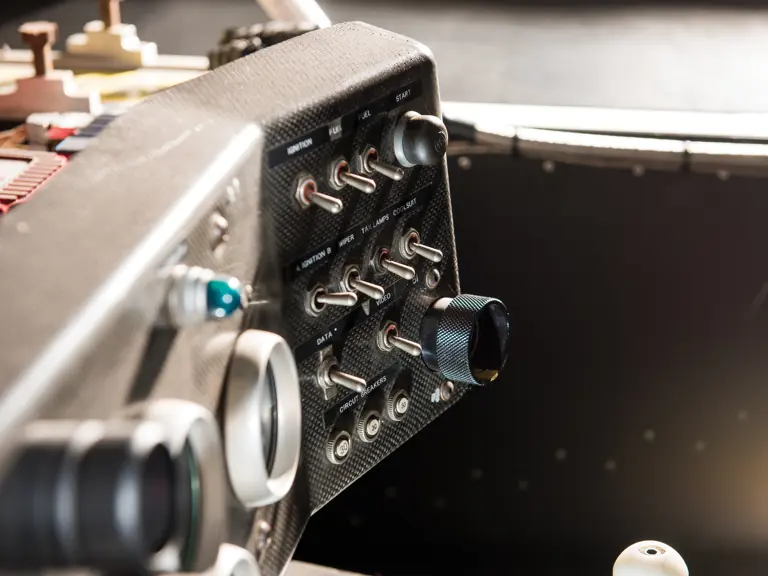
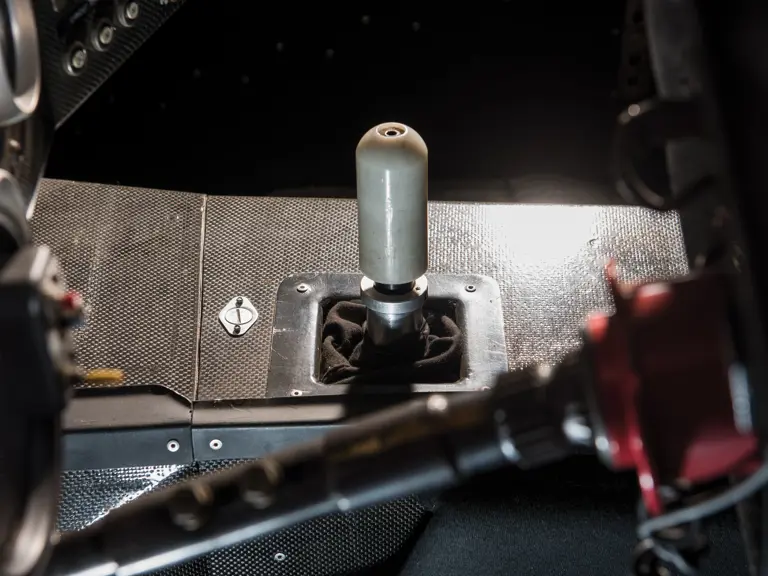

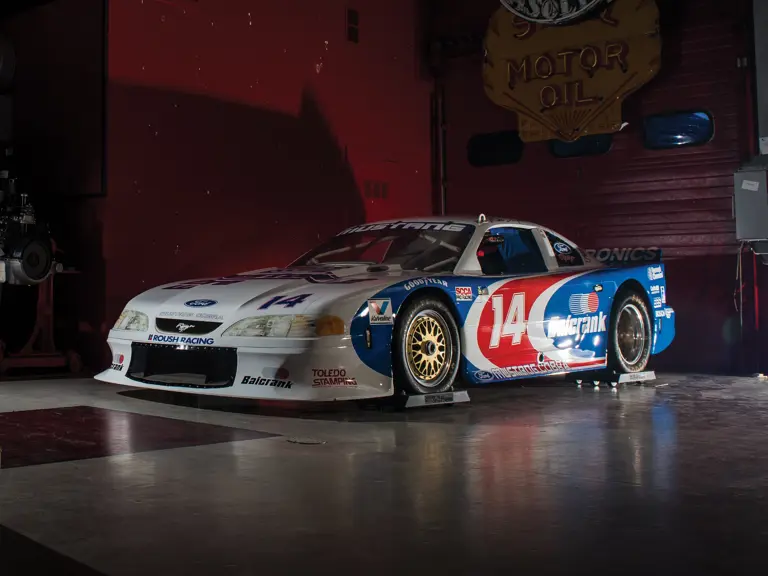
 | Hampton, New Hampshire
| Hampton, New Hampshire
